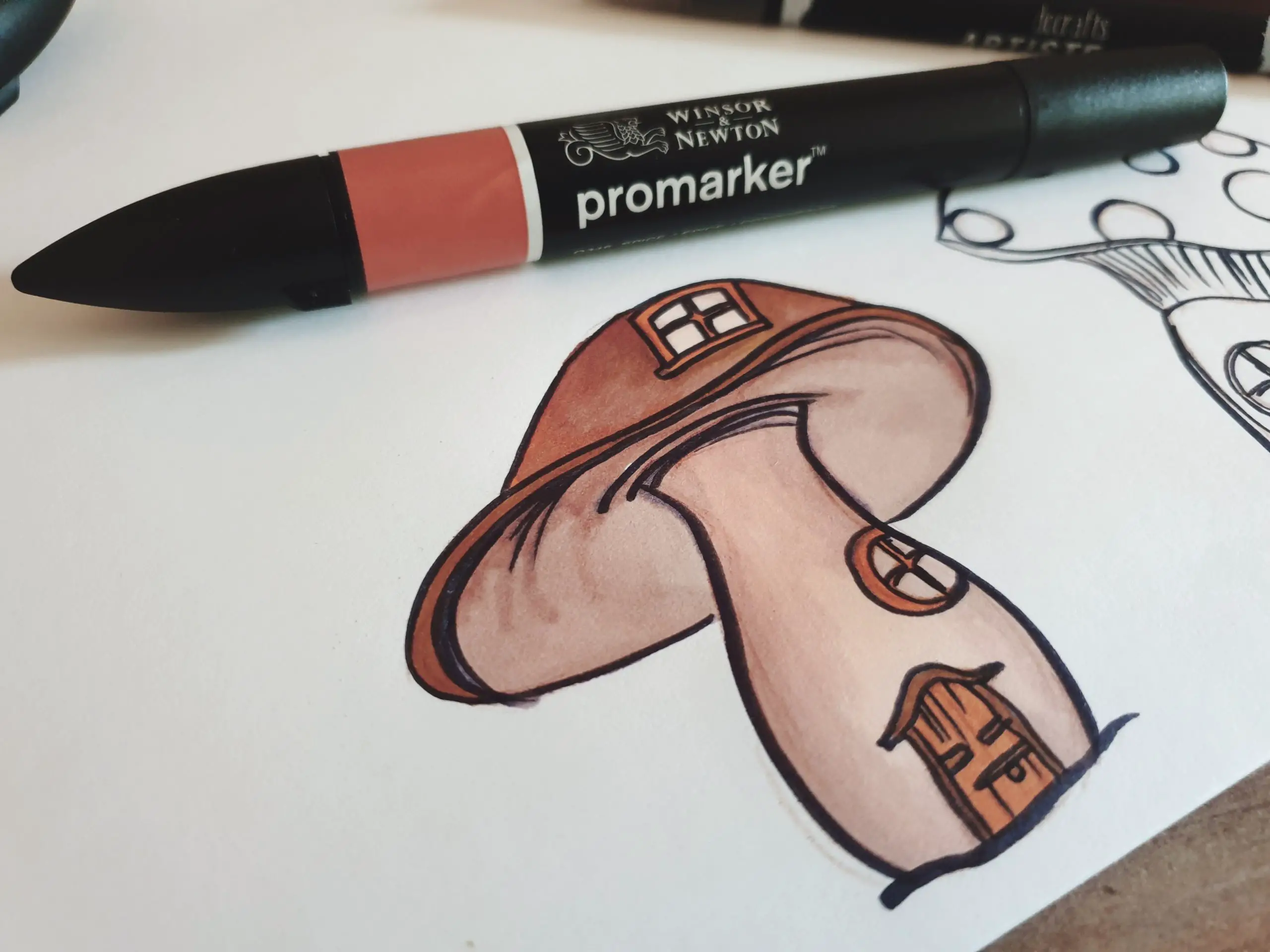If you’re looking for a new tool to add to your collection of artistic mediums, alcohol based markers might be just the addition you’re looking for. Alcohol based markers, also known as art markers, are a relatively new sight on the scene for those looking to enter into ink designing and artworks, often used by a variety of artists, from architects to graphic designers, tattoo artists and professional product manufacturers producing blueprints for new ideas that they’re drafting.
The choice to use these markers, and their notoriety as the preferred tools of industry artisans, comes not only from their versatility and ability to draw both narrow and wide lines, but also their reliability and great creative reach.
Alcohol based marker describes any number of pens, both brand name and generic, being that the name does not describe one method of creating a marker, but rather the main medium used to deliver the ink. That being, of course, alcohol, which dries faster and more evenly than that water used in water-based markers, that can smudge or wrinkle the paper as they dry.
The most commonly mentioned brand of artist marker that is alcohol-based is the notorious Copic marker, though there are many, many other choices in the market that are just as reliable and might actually be better suited for you, often with a much more manageable price tag.
What are alcohol based markers?
Alcohol based markers provide streak-free coverage in order to produce flawless artwork that’s seen in whimsical artwork. The colour dyes used in them provide an even colour lay down, with lovely vibrancy and tonal variation. They can be layered, merged and blended to create varying depth, multi-tonal colours, opacity and a versatile range of shading effects. Alcohol-based markers are not limited to paper, but can also be used on a variety of surfaces, including perspex, glass and even wood.
Another staple of alcohol marker is their reusability – some artists tend to have favourite markers, which can assist in producing repeatable designs, and with most alcohol markers worth their salt, there’s the option to swap out the nib at either end of the marker, and to refill the alcohol and ink, so that you don’t have to toss out your markers as soon as they dry out, saving both on plastic waste and allowing you to keep your lucky pens on hand. Speaking or either nib: many of these markers are actually double-sided, with a brush tip at either end, usually a fine-tipped one for line work and calligraphy, and a broad or chisel-shaped nib at the other end for thicker lines and colouring in linework.
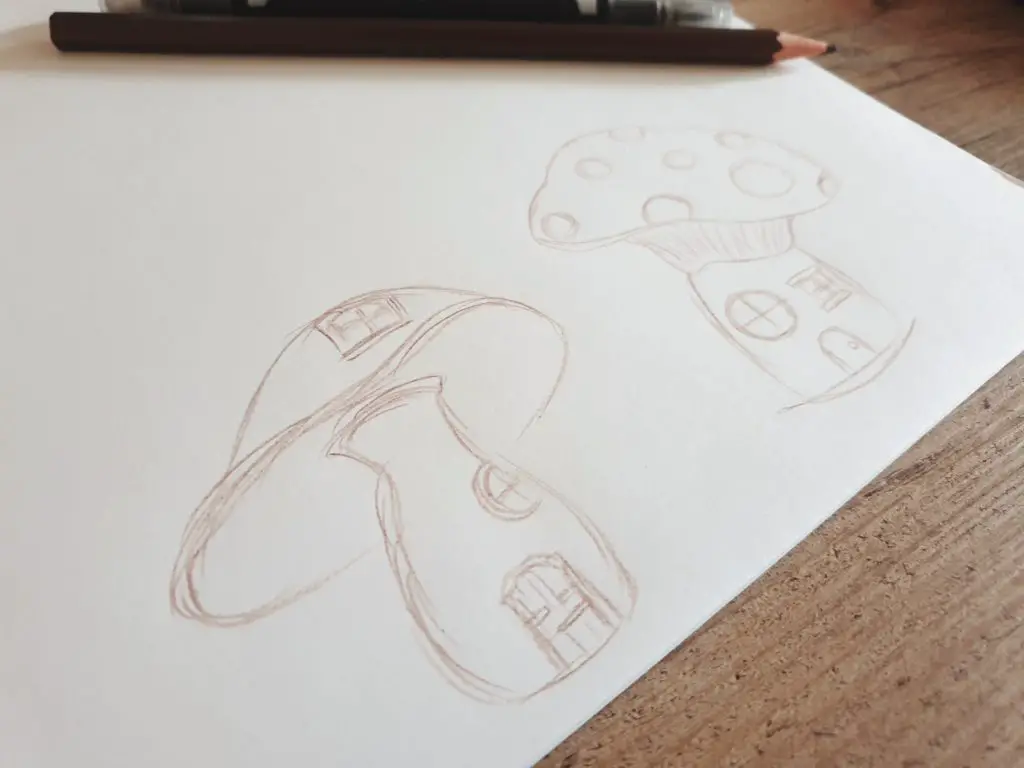
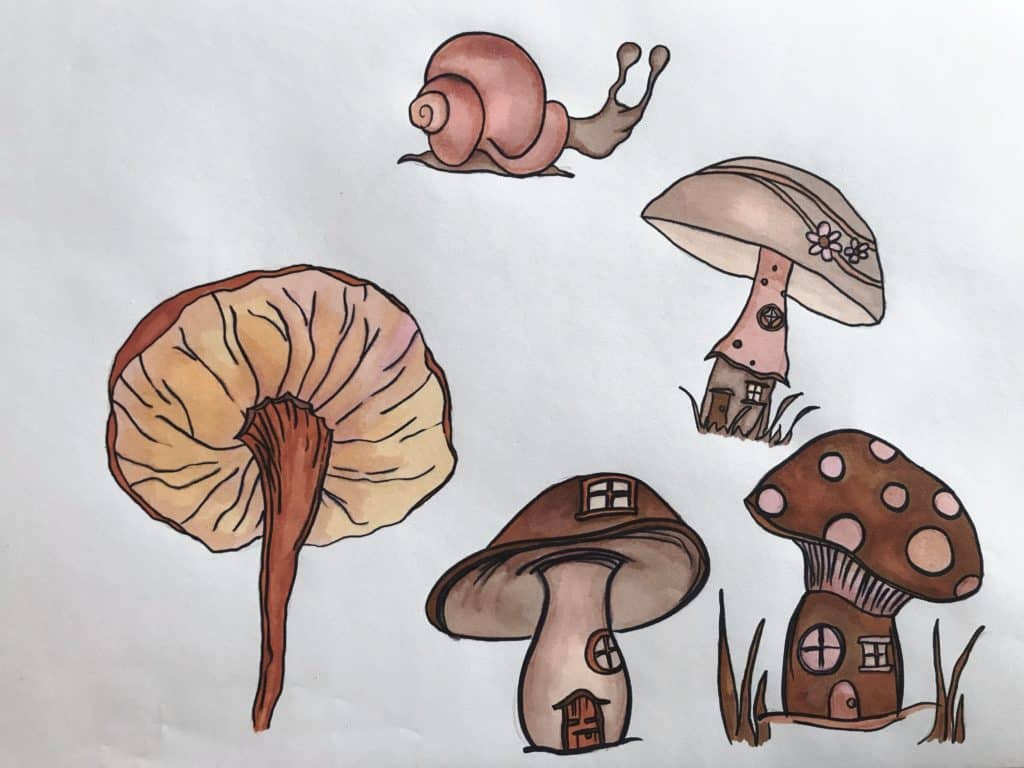
Pros of using alcohol based markers
The main appeal of using these markers, at least for most designers, is their vibrant colours, which can be as delicate as watercolour or as saturated as printer ink, drying quickly on the page to create smooth, professional-looking designs. Because of their variety in both colour and line thickness, artists may use them for both lineart and for calligraphy, and, in the period of time before the ink dries, they can be blended easily and with minimal effort.
There are few ways in the art world to feel like a project you’re working on is moving as quickly as you like it to be, and if an alcohol based marker is the desired effect you’re going for, it can make progress feel like an absolute breeze.
Cons of using alcohol based markers
The flip side to using these fast-drying markers is that uncapped markers will dry quickly, and unlike other pens, this dehydration goes not only for the nib, but also for the cartridge, so you need to treat these markers with more aftercare and consideration than you would with normal markers. Cap them whenever they aren’t in use, even while you’re working using several pens at once, and cap them well, making sure that they are tightly sealed.
Similarly, while they do dry very cleanly on the page, they can dry quickly, meaning that you have to be confident in your choices, sometimes working faster than your normally would desire, and their highly saturated, almost unnaturally vibrant colours call for a thick, adequate quality paper or parchment to work on to prevent blotting through. That does mean, however, that streaks are almost never a concern, meaning that your design, once complete, will have the look and feel of a final draft after only a few strokes of the marker.
How to use Alcohol based Markers
So, now that you have everything you need to know about the makeup of the marker, its upsides and its downsides, how can you incorporate it into your designs? Well, they can pretty much be added to everything you can think of, as long as it is of appropriate thickness and quality. So, if you’re a fan of watercolour, which already requires high quality, thicker paper to paint on, you can mix it up by using both watercolour and alcohol markers on the same artwork.
Because these markers aren’t water soluble, it is very unlikely that water-based pigment will interfere or cause smudging in the marker section, making the two an unlikely pairing that goes very well together. Consider, for example, the confident, sharply-defined lineart of alcohol based markers, balanced against the loose shapes and interplay of light and translucence granted by watercolour.
If you’d like to try an exclusively alcohol based marker piece, however, you may also try out calligraphy or word art. Entering calligraphy through ink and brush can be rewarding, but it’s also a bit scary to jump straight into it without much knowledge of how to control or monitor brush strikes to achieve desired results. Trying calligraphy out with an alcohol based marker can be a more approachable start to a new and invigorating field.
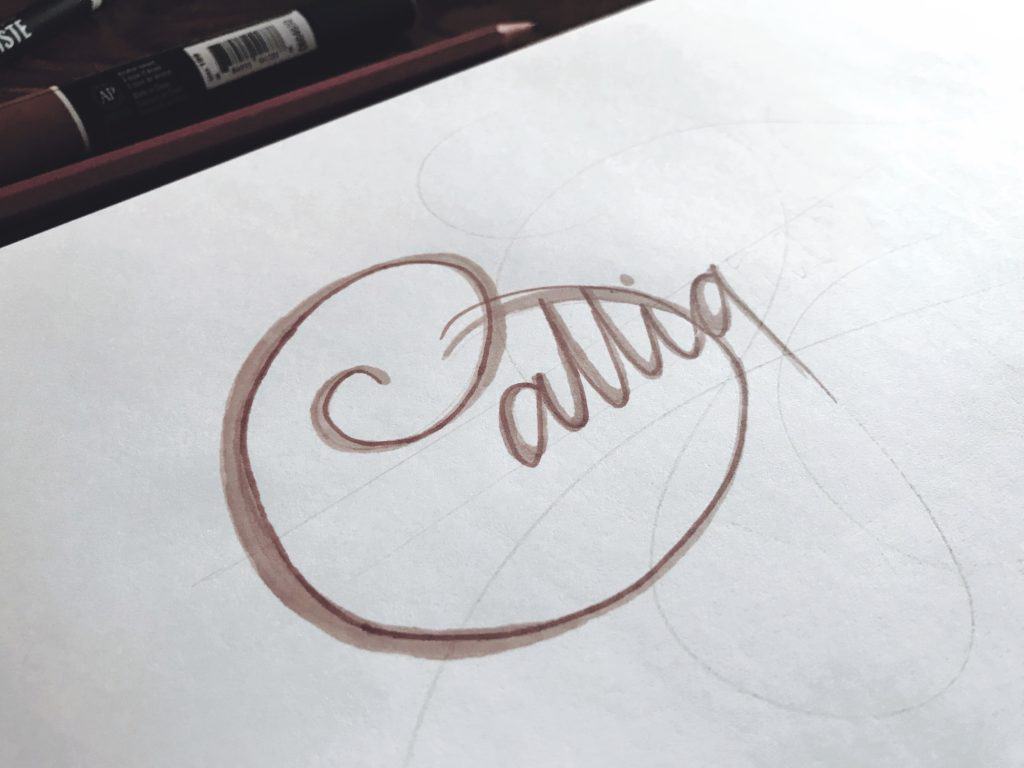
Something else that artist markers can be used for is to recreate the strong linework of, say, comic book or Manga art styles, which can be achieved by first sketching out a design on paper, and then recreating it in marker. You can even print out linework, or templates, and then add colour to it using a set of colourful alcohol markers.
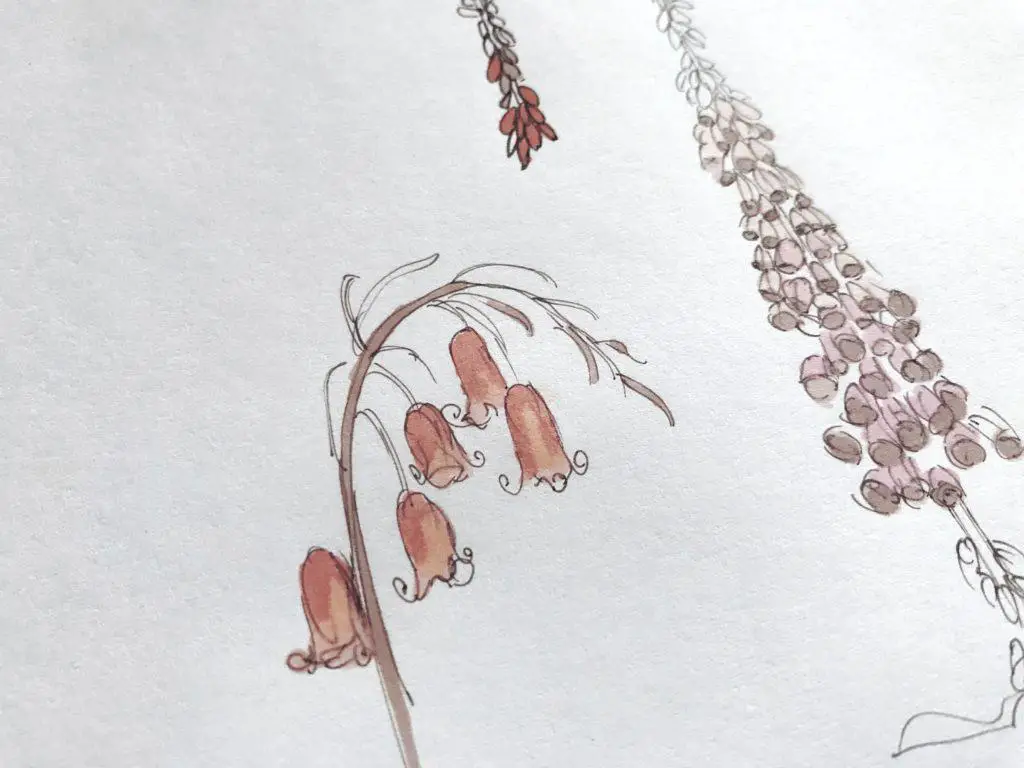
As you can see, based on the variety exemplified here, there’s very few things you can’t do with alcohol based markers! With such a unique look and a robust repertoire, if you have an idea in mind, it can almost certainly be adapted to alcohol based markers, just as long as you know how to handle them, and are using the correct methods!

